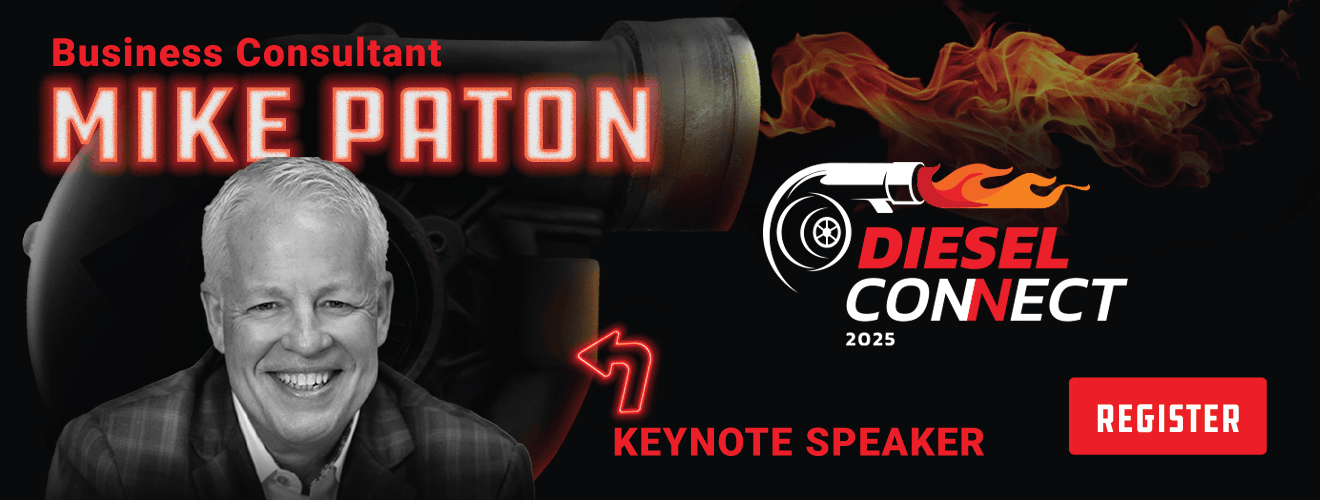Top 10 Class 8 Maintenance and Repair Costs

It would be great if you could buy a semi, put it to work, and not have to worry about it again. However, repairs and maintenance are a fact of doing business for fleets of all sizes. Even the best-built trucks experience problems at some point. Over time, engine parts start to fail. Brakes need maintaining, and tires wear out—and that’s just a few issues that contribute to the cost of keeping heavy-duty trucks on the road. Let’s take a look at the breakdown of the top 10 Class 8 maintenance and repair costs, including what percentage of the big picture each plays.
Top 10 Class 8 Maintenance and Repair Costs
In order of smallest percentage to the largest, these are the top 10 class 8 maintenance and repair costs:
- Motor and engine systems—3%
- Power plant—3%
- Cranking or starting system 5%
- Lighting—5%
- Fuel system—6%
- Exhaust structure—6%
- Disposable parts—8%
- Brakes and related system—9%
- Preventive maintenance—12%
- Tires and related parts—43%
Individually, many of the items on the list don’t account for much. Most of them are less than 10 percent of the total maintenance and repair costs. In fact, half of them account for 6 percent or less. The single largest cost is tires and their components such as liners, valves, and tubes. At 43 percent, it represents almost half of the money spent on repairing and maintaining semis. That’s almost as much as all the other costs added together.

Big-Ticket Issues
Even though the majority of the top 10 class 8 maintenance and repair costs each make up a fairly small percentage of the whole, it all adds up. As trucks age, it’s not a matter of which maintenance and repair problems will occur, but when. That fact has led some experts to recommend shorter lifecycles for heavy-duty trucks. It’s estimated that buying a new truck after 3 years instead of waiting for 5 years or longer could save over $17,000 in maintenance costs. Buying a new truck that frequently may not be in the budget for many owner/operators or fleets. No matter what your finances look like, it’s best to weigh the pros and cons of shorter lifecycles versus longer ones before making that decision.
Reducing Maintenance and Repair Costs
There’s more to the bottom line when it comes to the top 10 class 8 maintenance and repair costs. Breakdowns that seemingly come out of the blue and failing to follow through with follow-up repairs make serious issues worse. Not only do they end up costing more to fix, but they cost drivers and fleets even more money in delivery delays, downtime, towing fees, and damaged loads.
The good news is that all these problems can be minimized. Yes, all, including every item in the top 10 class 8 maintenance and repair along with unscheduled breakdowns and keeping on top of follow-up repairs. Preventive and predictive maintenance can greatly reduce the frequency of necessary repairs and nearly eliminate unexpected breakdowns. Also, scheduling follow-up repairs puts you in charge of when a truck is out of service. That allows you to better manage the costs involved. And you can easily do it all with fleet management software like Fullbay.
Fullbay creates a history for all your trucks, so you’ll know when they were last serviced, when to schedule the next round of maintenance, and what parts were replaced and when. It’s the perfect solution to losing track of follow-up repairs, too. Plus, all that data at your fingertips will help you make informed decisions about scheduled downtime and whether or not to opt for shorter lifecycles. With Fullbay on your side, you can take back control of your business and your maintenance and repair costs.

